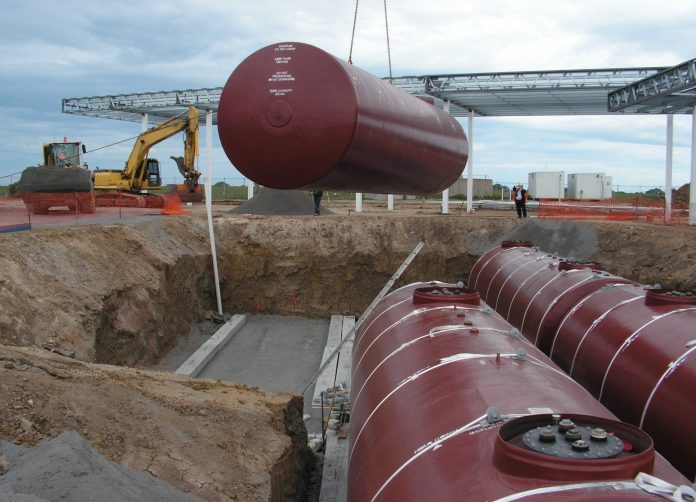
Media Release
The NSW Environment Protection Authority (EPA) has issued new guidelines to help operators of underground petroleum storage systems minimise the potential for fuel leaks.
Underground petroleum storage systems are commonly found at service stations, marinas, work depots, golf courses, airports, car dealerships and where fuel is stored or used. Leaks and spills from these systems can harm the environment by contaminating land, surface water and groundwater.
The new guidelines explain how operators can meet the requirements to monitor for, detect and fix leaks promptly to protect the environment and save costly clean-ups. They also set out the performance requirements for the design, installation, maintenance and decommissioning of these systems.
EPA Executive Director Regulatory Operations Steve Beaman said the guidelines not only provide industry and councils with clear information to assist compliance with the Regulation but also guidance on best practice management to protect the community and the environment.
“As the tanks, pipes and fuel in these systems are underground, leaks are harder to detect. These guidelines will help operators to monitor for, find and fix fuel leaks early if they do occur.
“They will also help local councils monitor compliance with the Underground Petroleum Storage Systems Regulation across the 3,500 sites in NSW,” Mr Beaman said.
In addition, the guidelines support local councils to regulate these sites under the Protection of Environment Operations (Underground Petroleum Storage Systems) Regulation 2019.
Public consultation on the guidelines was completed in October 2020, and the EPA received more than 30 submissions from local councils and industry. Comments from the public consultation helped shape and improve the new guidelines.
Image credit: www.medianet.com.au



















